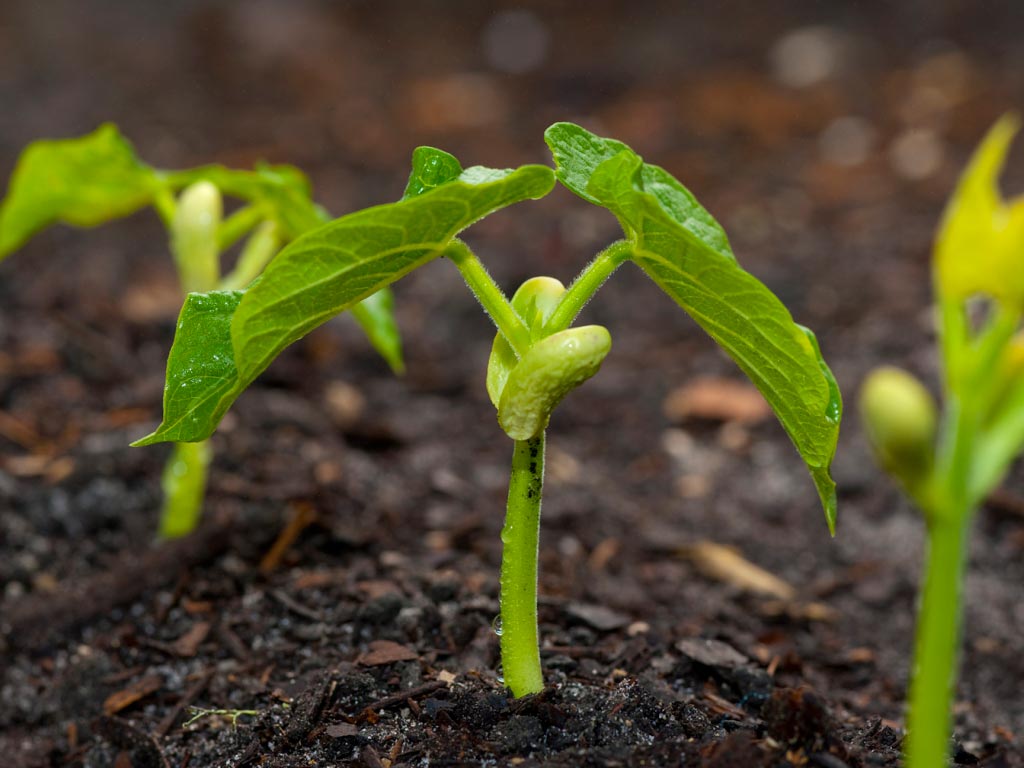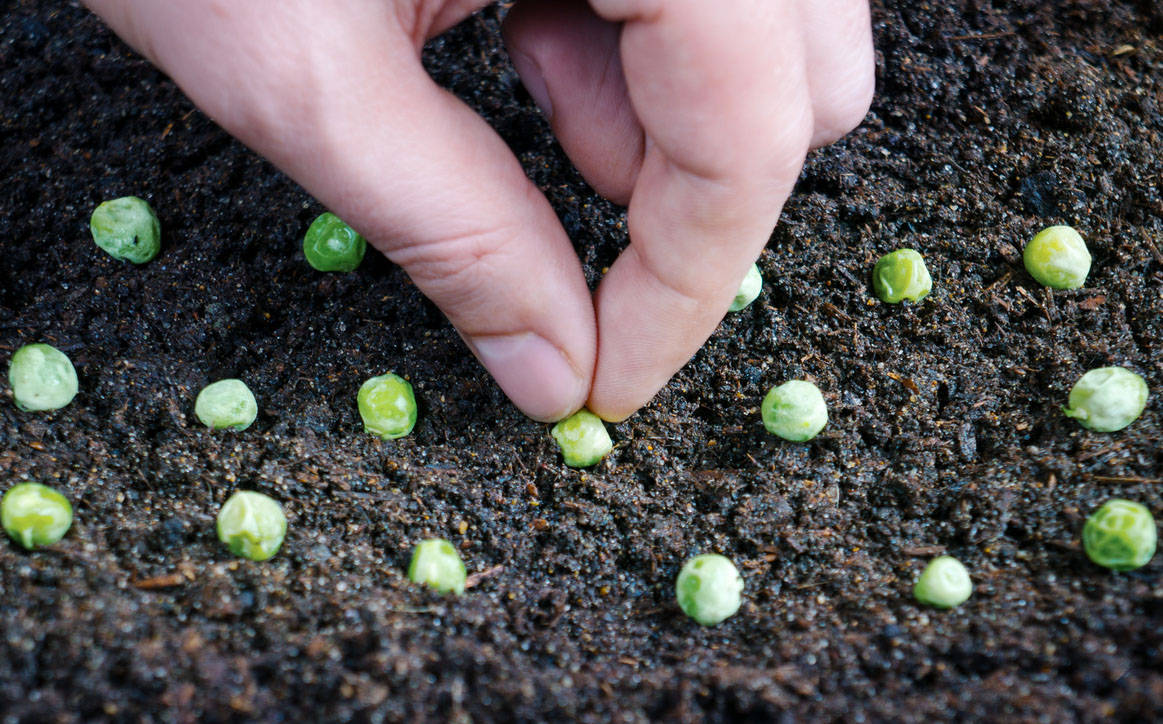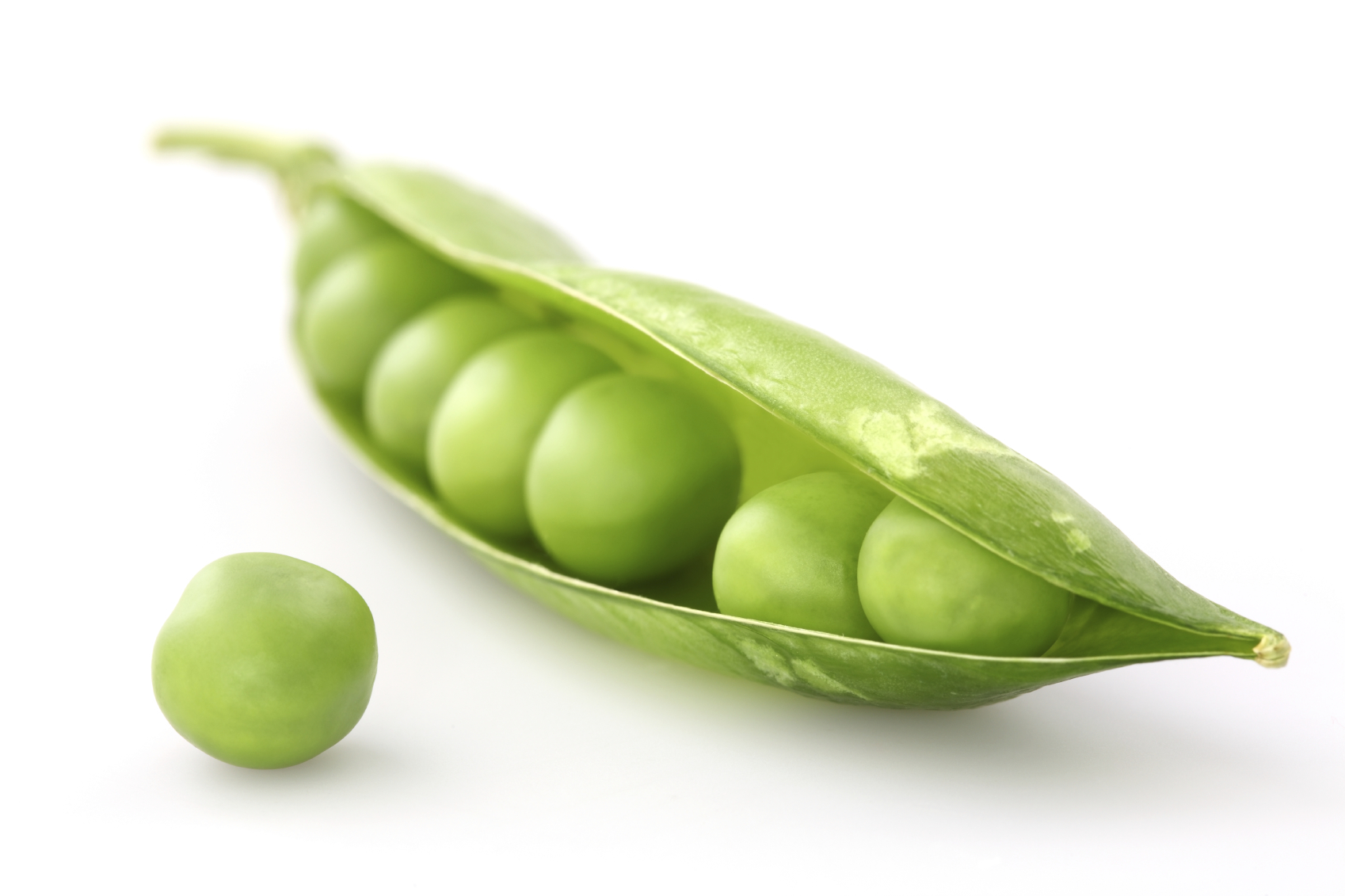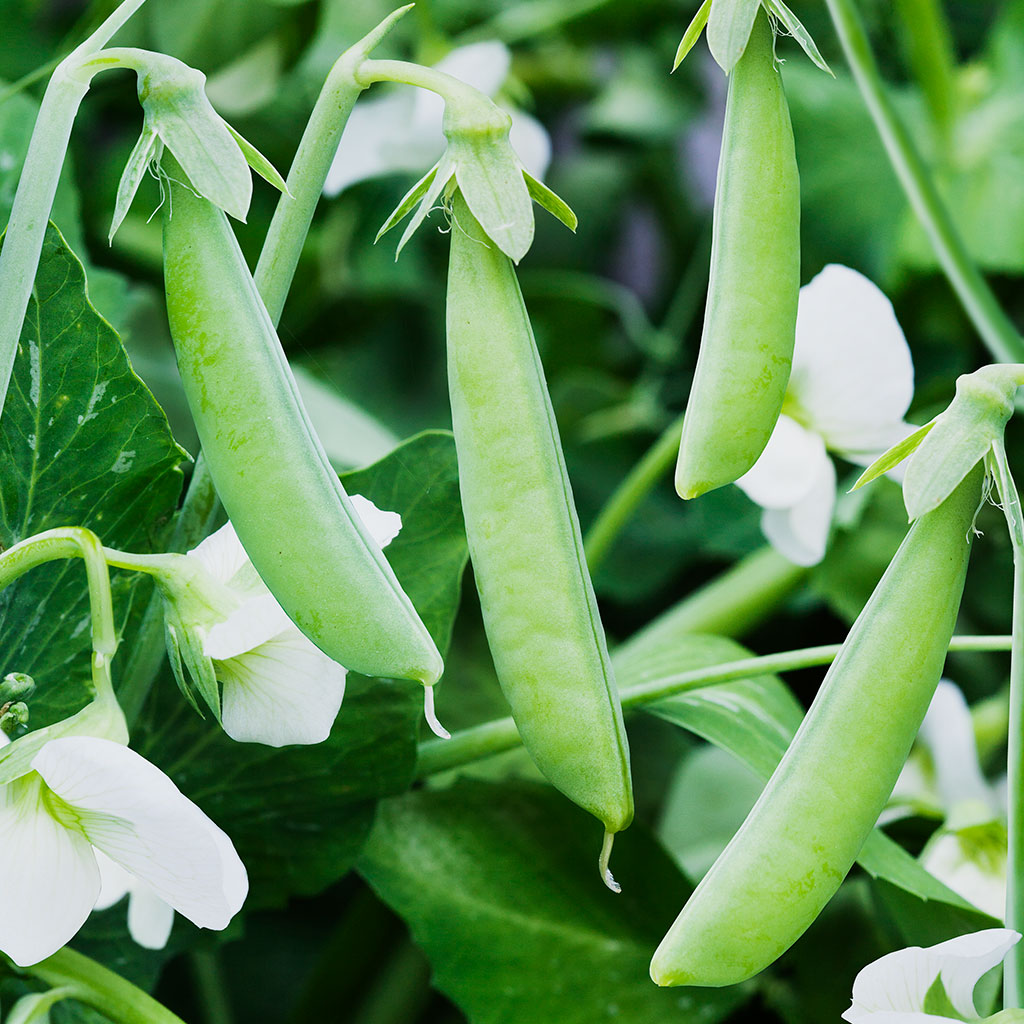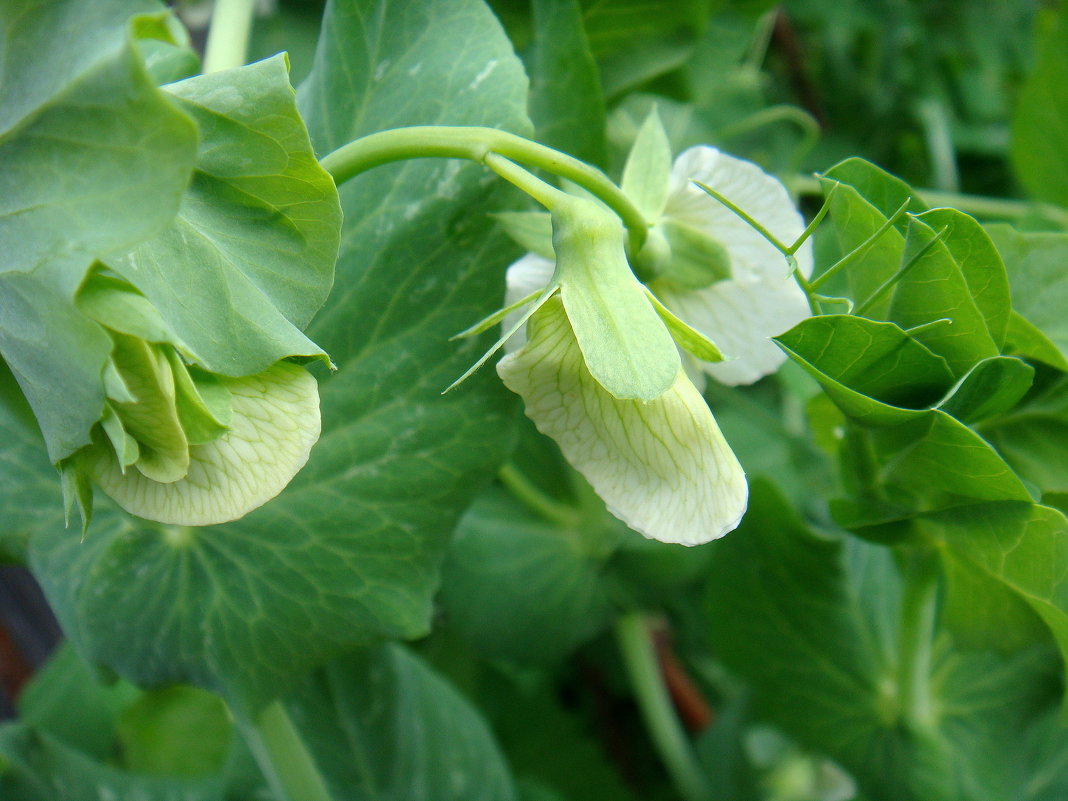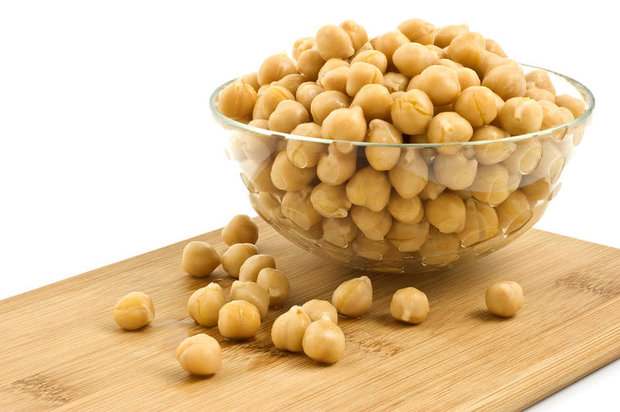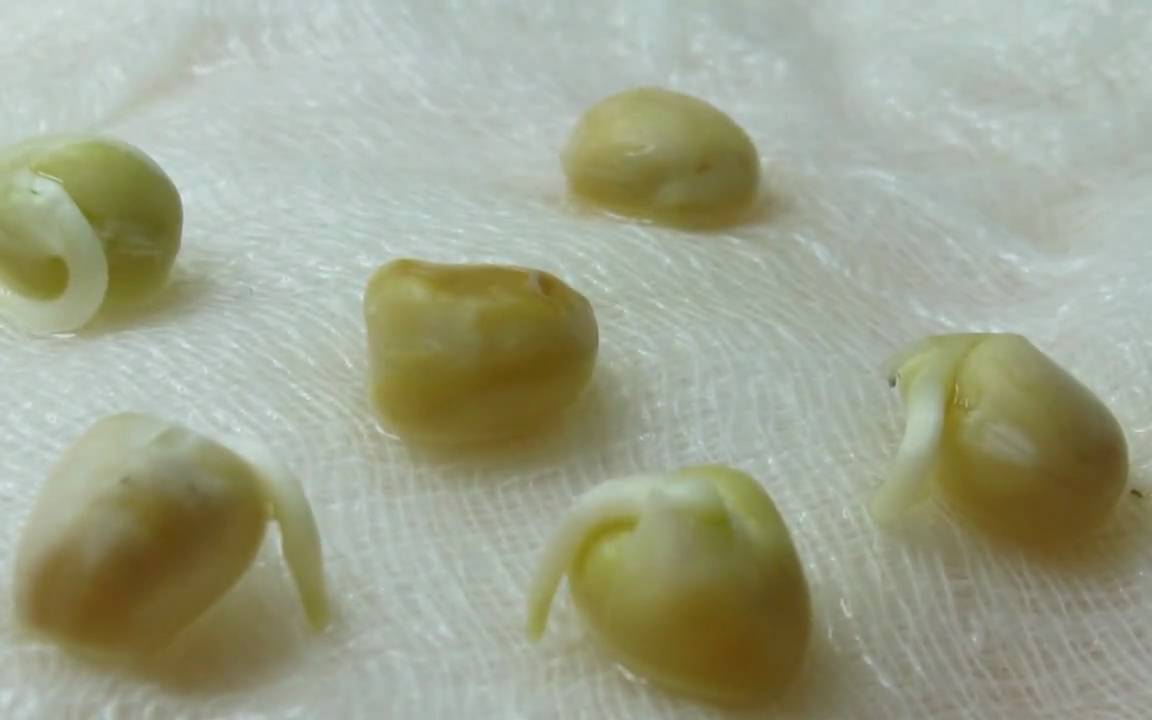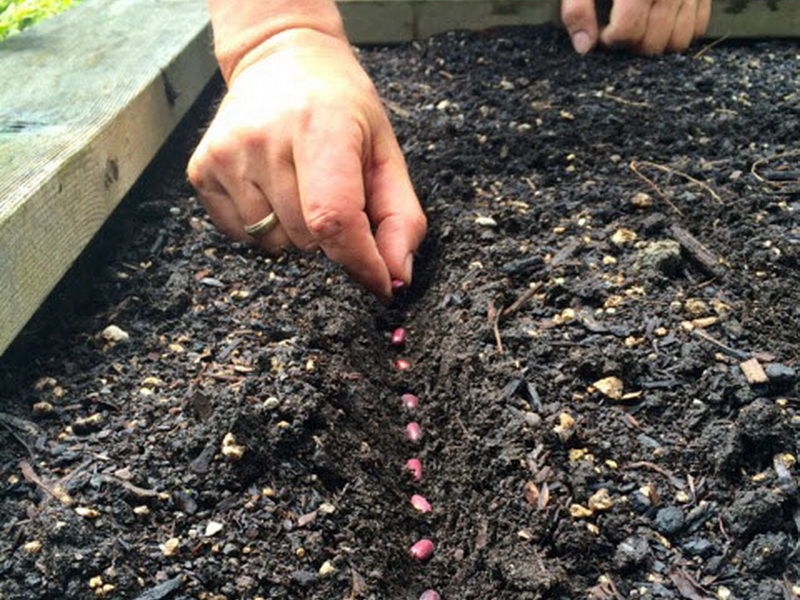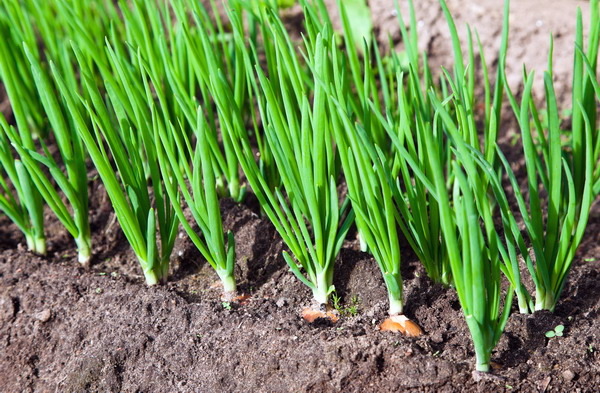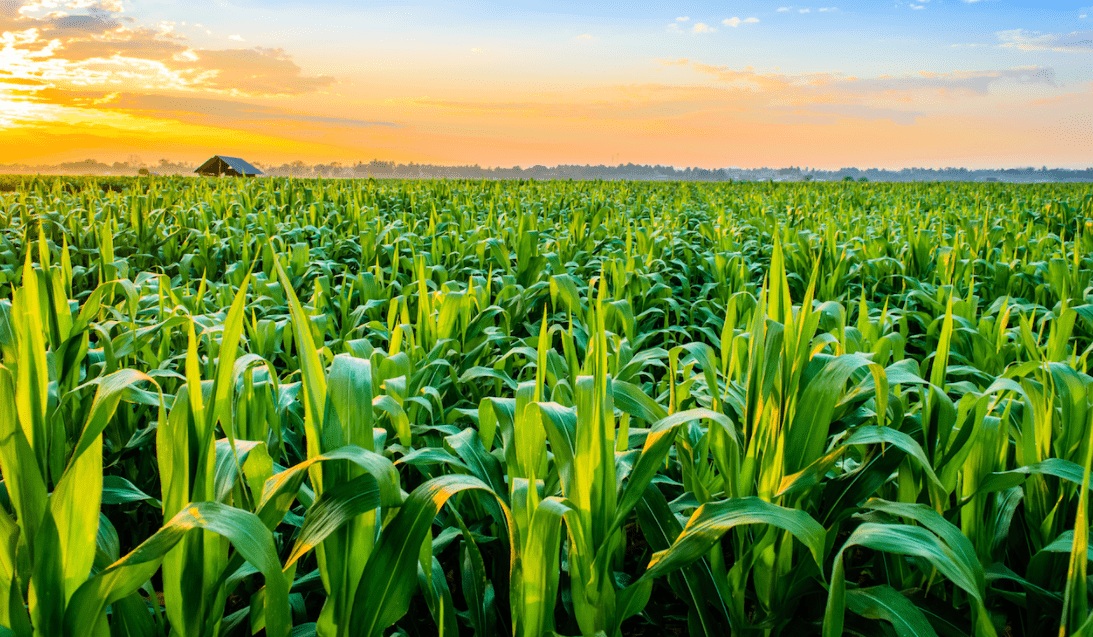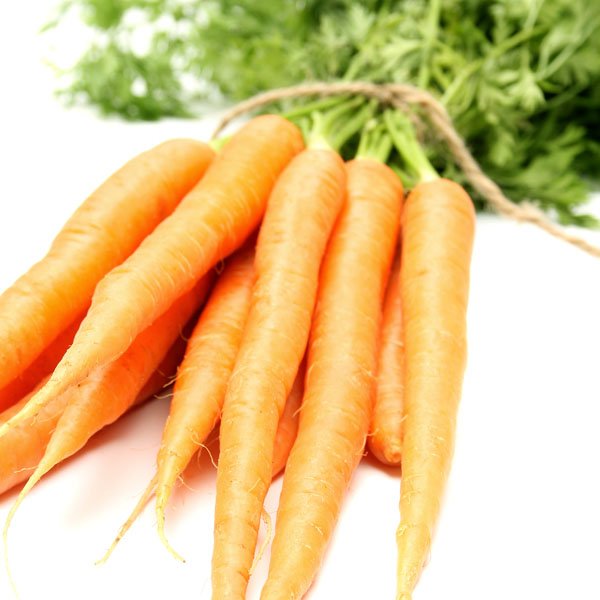Content:
Peas are an annual self-pollinating crop belonging to the legume family. Historical evidence suggests that this herbaceous culture was sown and cared for in the Stone Age, and Southwest Asia is considered to be its home.
Many fairy tales, songs and epics were composed by the people in Russia. Doctors recommend consuming fresh peas regularly because they reduce the likelihood of developing hypertension and heart attack. The stems of a herbaceous plant in length can reach up to 2.5 meters. Peas can be kept in an upright position, this feature is due to the fact that the leaf petioles have antennae that are capable of strengthening for support.
All representatives of leguminous plants not only provide the agronomist with tasty and healthy fruits, but also enrich the chemical composition of the soil with nitrogen. Beneficial microorganisms live near the root system and on the pea roots, which assimilate and accumulate atmospheric nitrogen in the ground.
Planting and caring for peas in the open field
Seed germination depends on several factors, but first of all on their preparation for planting in open soil. First of all, you need to calibrate each pea, i.e. select from all the highest quality ones (no mechanical damage, black spots). Poor-quality peas will not be able to provide an agronomist with a good and high-quality harvest, weak seedlings will be attacked by pests and attacks by diseases.
Further preparation will depend on the method of planting. There are several of them: with preliminary soaking and dry.
Algorithm for preparing peas for planting:
- Soaking in boric acid solution for 8-10 minutes;
- Remove excess moisture with a dry cloth;
- Dry them at room temperature over the next few hours;
- Landing.
With the dry method of sowing, it is necessary to first fill the garden bed with abundant water and build a film shelter to create a greenhouse effect. This will speed up the germination process of the shoots.
You can also use one old-fashioned method. To do this, the peas must be immersed in warm water for several days, after wrapping them in a cotton napkin. It is important to observe the temperature regime, the temperature should not fall below 21-23 degrees. The cloth should be wetted as it dries. Seeds in such conditions can germinate in 3-5 days.
Sowing scheme in the open field in the country
How to plant green peas correctly so that they begin to bear fruit abundantly. When choosing a planting scheme, it is necessary to analyze the characteristic features of a bush of an already formed adult plant.
If we are talking about undersized or medium-sized varieties, the garden should be done with the following parameters:
- The depth of the furrow is 3-5 cm (if it is made less, the likelihood that birds will eat the peas significantly increases).
- The row spacing is 15-20 cm.
- The distance between the seeds is 5-6 cm.
If the height of an adult plant exceeds 0.8 m, the following scheme should be preferred: row spacing - 50 cm, rows with an area of 30 by 10 cm.
The sowing process itself consists in preparing the furrow, sowing seeds there and then filling it with earth. In advance, it is necessary to water the furrows with plenty of water. The first shoots are usually shown 1-1.5 weeks after sowing. For tall bushes, it is already recommended to build supports. On the ground, a tall plant will not bear fruit well.
Site preparation for landing
Many novice and inexperienced agronomists are wondering how to plant peas. In fact, the plant is very unpretentious and does not require special skills and abilities from the gardener.
Peas are planted in early spring, the soil should be prepared in advance, in the fall. The earth must be dug to a depth of at least 0.2-0.3 meters. For every 1 sq.m. superphosphate, potassium salt, compost or humus should be added. In the spring, it is advisable to add ash to the soil.
The most favorable places for peas in the summer cottage are those where pumpkin seeds, early potatoes, tomatoes and cabbage were its predecessors. As for all legumes, they are excellent precursors for all plants. You can return peas to their original place no earlier than after 4 years.
Almost all types of soil are suitable for an annual self-pollinating plant. An acidic environment must be preliminarily treated with lime. When planting peas, it is imperative to choose well-lit land plots, because he is still that lover to soak up the sun. The root system penetrates to a depth of about 1 meter, so areas with close groundwater should be avoided.
It should be noted that the culture does not tolerate excess nutrients in the soil, so fertile lands do not need feeding. On poor lands, it will not be superfluous to add organic fertilizers or mineral fertilizers. Phosphate rock can also be added to reduce acidity.
Before sowing, it is very important to enrich the land with such trace elements: molybdenum, copper and boron. They can also be used to process seeds before sowing. If desired, the following fertilizers can be used for any representatives of legumes: azotobacterin, nitragin, and others.
Agrotechnics
Taking care of an annual self-pollinating plant does not cause much trouble. The necessary conditions for its abundant fruiting are the shelter of seedlings, watering, weeding and timely harvesting. It is not customary to grow seedlings in pots.
To protect against bird raids, it is recommended to cover the first seedlings, for example, with a fishing net. Otherwise, the probability increases altogether without a crop.
The culture does not tolerate high temperatures and drought, for this reason, under such weather conditions, peas must be watered abundantly - for every square meter. about 9 liters of water. Watering is strongly recommended to be combined with dressing, add 1 tbsp to a 10 liter bucket of water. e. nitroammofoski. Soon after watering, the soil must be mulched. It is best to loosen the aisles, especially the first time after planting.
It is necessary to sow the crop and soon the pegs should be driven into the ground at intervals of 1 m from each other. They can be used for attaching meshes with large enough meshes. The garter is very important for the comfortable life of the plant.
Peas begin to bloom 30-60 days after sowing. As a rule, 30 days after active flowering, you can start harvesting fruits. Regular harvesting stimulates the growth of fruits and the appearance of new ones. Peas belong to multi-harvest crops, since the duration of the growing season is quite long, the ripening period varies from 33 to 42 days.
After harvesting the peas, it is imperative to cut off the tops and put them in a compost heap, the roots can simply be chopped and left in the ground, they serve as a good organic fertilizer. This fertilizer is superior to manure in its chemical composition.
Pests and diseases
One of the worst enemies of peas is the leafworm (a caterpillar that hibernates in the soil). The formation and emergence of a butterfly approximately coincides with the time of the beginning of flowering of peas. Each butterfly lays at least 200 eggs on a plant. After about a week, small caterpillars appear from them, which penetrate into the pods and eat up the entire crop.
There are many methods of dealing with this pest.
Let's consider the most common:
- Regular abundant spraying of bushes with infusion of tomato tops. Cooking requires about 10 liters of water and 3 kg of tops.
- An equally effective preventive method is processing the plant with garlic tincture. For cooking, you need about 20 g of garlic, all the cloves are crushed and filled with 10 liters of water, it should be infused for at least a day. Further, the solution is filtered and the bushes are sprayed with it.
The high effectiveness of the above recipes was noted against such a pest as pea aphid.
Peas often attack diseases such as powdery mildew. It can be fought with an infusion of sow thistle. To prepare, you need 300 grams of plant leaves to insist in a bucket of water for at least one night. How many times should peas be watered? The plant must be processed twice at intervals of a week.
It is more than possible to get a good harvest of peas. It is enough to choose the right variety of peas and fulfill all the requirements for planting and growing it. Peas can be eaten fresh or prepared for the winter. Peas do not lose their beneficial properties even when frozen at home, the main thing is to properly prepare the peas.
